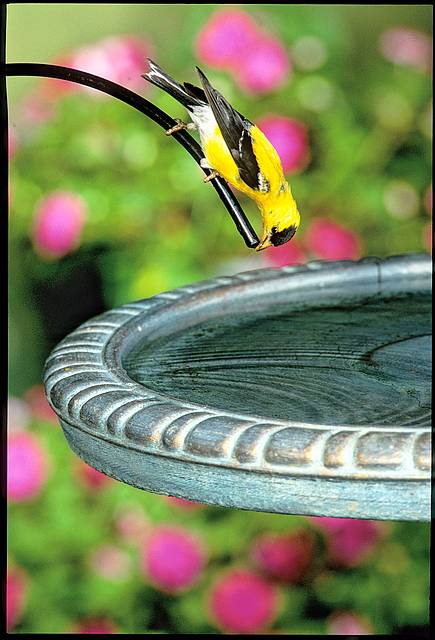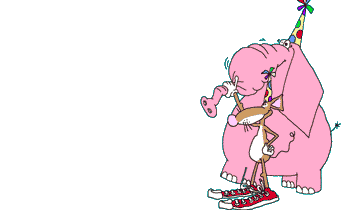-
Want more birds at your nyjer feeder?
There are no set rules in wild bird feeding, we offer birds different varieties of food that entice them and keep them coming back. Of course habitat plays a huge role, with places for shelter and nesting like mature trees, thickets and shrubs. The all important water source is also a big factor for attracting feathered friends.
Just because finches eat thistle, or nyjer seed, doesn’t mean they wont’ frequent other feeders offering different seed mixes. For the last few days, I’ve been seeing Black Capped Chickadees at the nyjer feeder. Now maybe it’s just the time of year, but I’ve never seen them at this feeder before. Also, the juvenile Eastern Bluebirds, who will eat suet during our cold winter months, have already started feeding at the suet feeder too.
A favorite treat for several birds is to mix thistle seed with finely chopped sunflower hearts. Placing this seed mix in the nyjer feeder attracts Juncos, Pine Siskins, Towhees and House and Purple Finches, as well as the Goldfinch.
In early spring, try offering nesting materials and encourage birds to take up residence by nesting in your yard. Collect dryer lint, pet hair, cotton yarns and fibers, and decorative mosses to create a nest ball with variety of materials that birds prefer. You can place them in a standard suet cage, or mesh produce bag from the grocery store. Of course commercial materials are available, and even some cool holders to accommodate them.
Just because the bright yellow feathers disappear in fall, it doesn’t mean these birds are gone. Remember to keep nyjer feeders out year round with fresh seed, as goldfinches and others will stick around during during winter months.
- Bird Accessories, Bird Feeders, Finch Feeders, Nyjer Feeders, Thistle Feeders, Tube Bird Feeder, Uncategorized, Wild Bird Feeders
Busy Busy Thistle Feeders
With their nesting season winding down, Goldfinches abound! Their electric yellow plumage is hard to miss. Adults feed babies thistle, or nyjer seed exclusively, so large capacity or extra thistle feeders are very helpful this time of year. Even those convenient thistle socks or bags, are an excellent way to accommodate all the newcomers.
Because of their sweet nature, Goldfinches will usually just give up and fly off rather than fight at crowded thistle feeders. A fresh water source such as a bird bath is also very enticing to all songbirds, and with moving water like the dripper shown here, birds will be flocking to your yard!
Remember to keep thistle feeders out year round to enjoy these vibrant summer colors. Goldfinches’ plumage will start to fade in the fall when they molt, but the same cheery birds will hang around your yard if offered thistle seed on a consistent basis.
Happy Birding!
-
Nyjer Feeders in the New Year
Wishing you and yours a very happy and healthy New Year!
Pick a new feeder for the new year, something you’ve not tried before. Thistle, or nyjer seed is unlike traditional birdseed and will attract different songbirds for your enjoyment. Not only Goldfinches, Buntings, Towhees, Juncos, and Pine Siskins will frequent nyjer feeders throughout the winter, if native to your area. Another advantage of nyjer is that it will not germinate. So there are never any worries of weeds spouting below feeders, weather in the yard or in the flower beds. Squirrels and raccoons generally don’t like thistle either, and usually will not bother these feeders.
Part of the healthy for the new year…please think of your feathered friends and responsible backyard birding. Keeping bird feeders clean, and free of damp and moldy seed is paramount if you are attracting wild birds to your yard. Feeders should be cleaned at least once a month with a 10% bleach solution and rinsed thoroughly. Diseases are spread easily among high traffic areas where many birds congregate. The ground should also be kept clean of spilled seed and droppings, picked up at least weekly.
Happy Birding, and Happy New Year!





